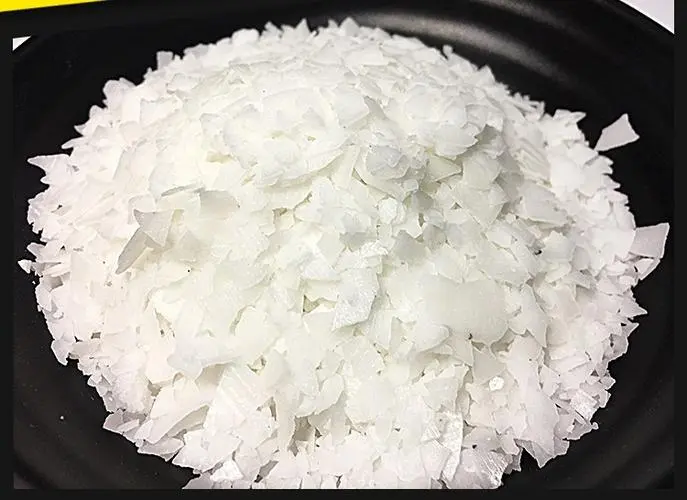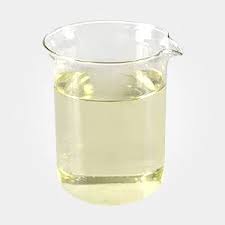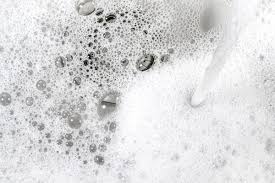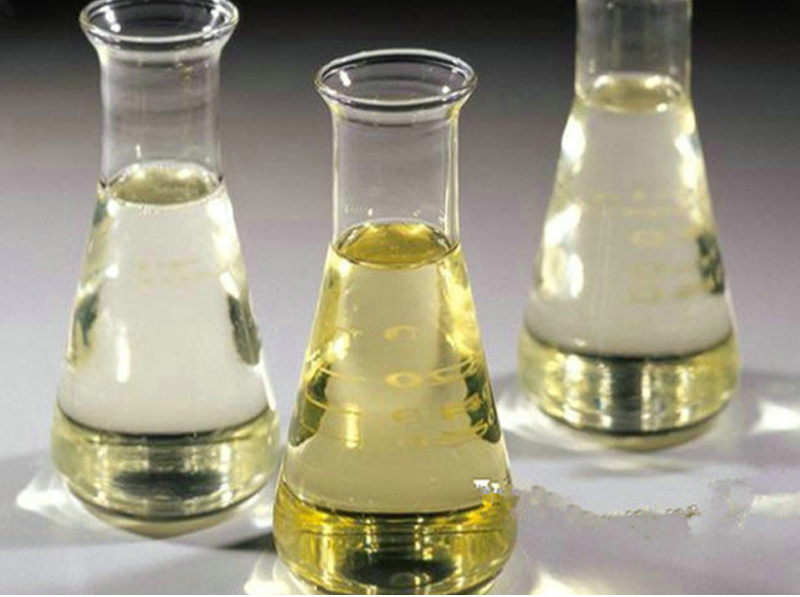The Lung’s Secret Miracle: Unlocking the Mystery of Surfactant
(What Is Surfactant In The Lungs)
Imagine blowing up a balloon coated with sticky honey. Now picture letting it deflate. Without help, the balloon’s walls would cling together, making reinflation a struggle. This is the daily challenge your lungs face—and they’ve got a secret weapon to handle it. Meet surfactant, the unsung hero keeping your breaths smooth and effortless.
Surfactant is a slippery, soap-like substance made by cells in your lungs. Its job is simple but life-saving: it coats the inside of tiny air sacs called alveoli. These sacs, which look like microscopic grapes, are where oxygen enters your blood and carbon dioxide exits. Without surfactant, their thin walls would stick together every time you exhale. Reopening them with each breath would demand exhausting effort. Surfactant cuts the work by reducing surface tension, the same force that makes water droplets cling to surfaces.
Babies in the womb start making surfactant around week 24 of pregnancy. Premature babies born before this milestone often struggle to breathe. Their underdeveloped lungs lack enough surfactant, causing a condition called respiratory distress syndrome (RDS). Before modern medicine, many of these babies didn’t survive. Today, doctors give synthetic surfactant to newborns with RDS, often saving their lives within minutes. This treatment is one of medicine’s quiet triumphs.
Surfactant isn’t just about preventing sticky lungs. It also fights germs. Some surfactant proteins act like bodyguards, trapping bacteria and viruses before they infect lung tissue. This dual role—lubricant and defender—makes surfactant a multitasking marvel.
The discovery of surfactant changed how we understand breathing. In the 1950s, scientists studying premature babies realized their lungs collapsed not from weak muscles but from missing this crucial substance. This revelation led to synthetic surfactant treatments, cutting infant mortality rates dramatically. Today, researchers study surfactant to improve treatments for asthma, COPD, and even COVID-19. Damaged lungs in severe illnesses often lose surfactant, worsening breathing problems. Restoring it could offer new hope.
Surfactant’s story isn’t just about biology. It’s a lesson in how tiny things can have huge impacts. A layer of molecules thinner than a human hair keeps 600 million alveoli working smoothly. Every breath you take—around 20,000 a day—depends on this hidden helper.
Animals have surfactant too. Whales, which dive deep and hold their breath for hours, rely on extra-rich surfactant to prevent lung collapse under ocean pressure. Even insects use similar substances in their breathing tubes. Nature’s love for surfactant spans millions of years and countless species.
(What Is Surfactant In The Lungs)
Next time you take a deep breath, think of the microscopic team ensuring your lungs never stick. Surfactant works silently, but without it, life as we know it would gasp for air. Scientists keep exploring its secrets, from improving neonate care to tackling lung diseases. Surfactant proves that sometimes, the smallest things hold the biggest power.
Inquiry us
if you want to want to know more, please feel free to contact us. (nanotrun@yahoo.com)



